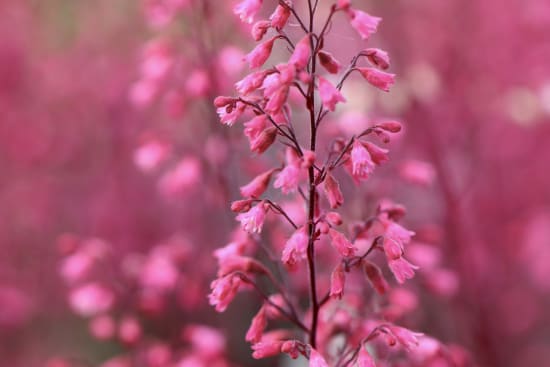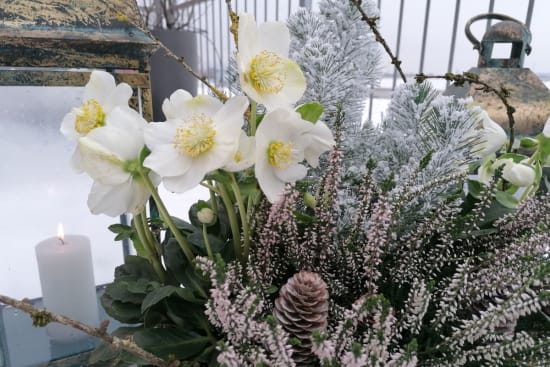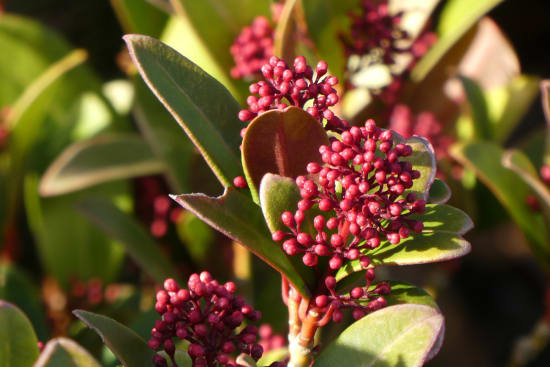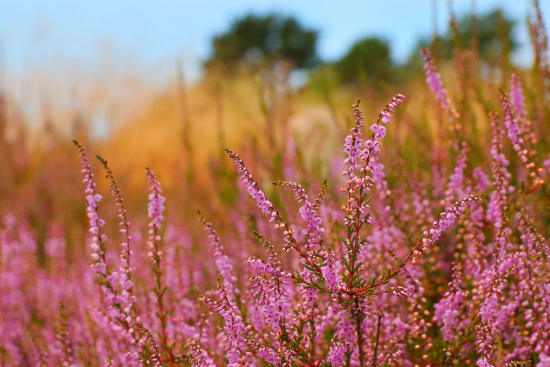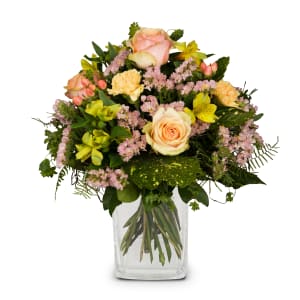This has to be organized:
- Ask the burial or parish office for the names of recommended sculpture studios for the commissioning of gravestones.
- Clarify with the relevant burial office whether the planting and maintenance of the grave is carried out exclusively by the cemetery gardener or whether the family members can be in charge of this. If you do not wish to take care of the grave yourself, you should conclude a contract for the grave maintenance.



